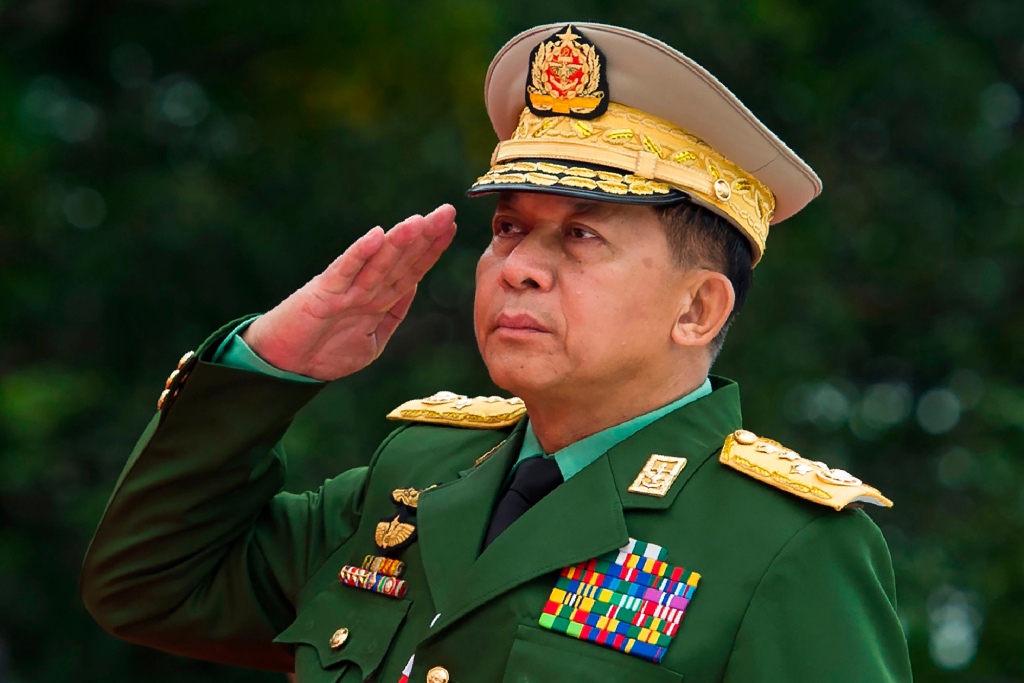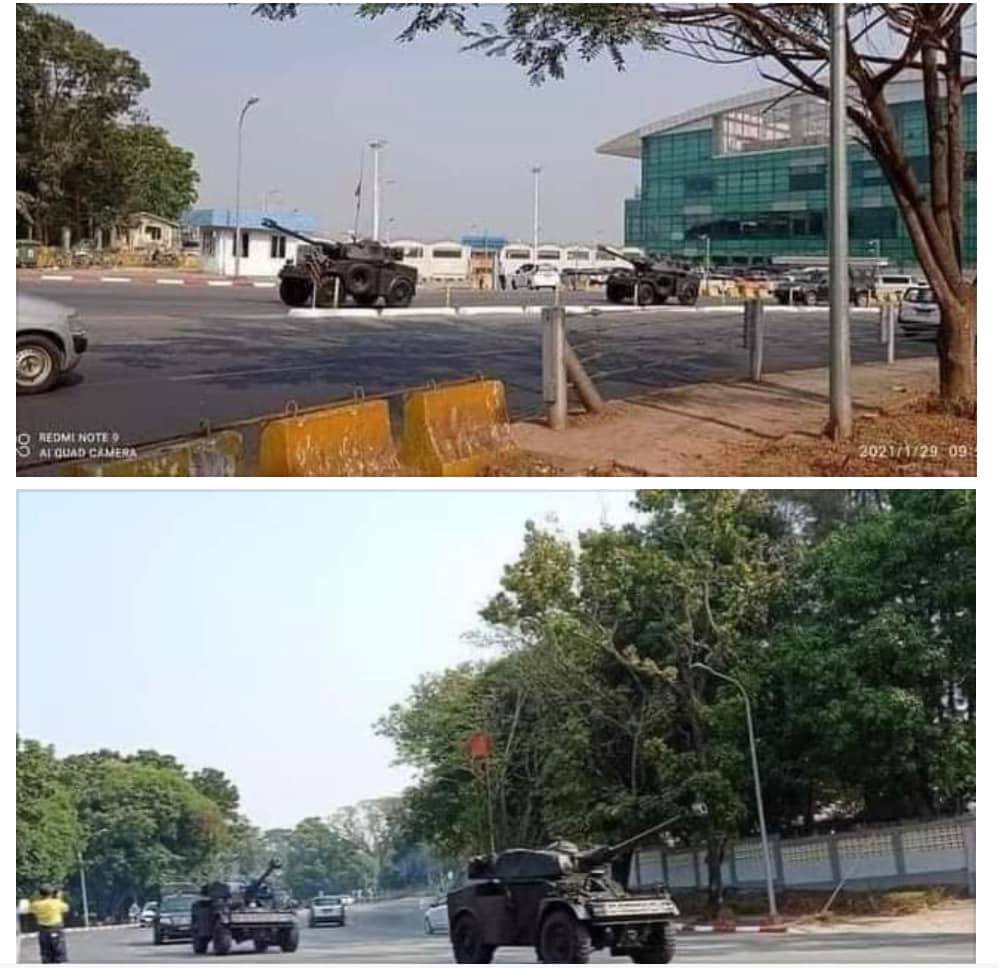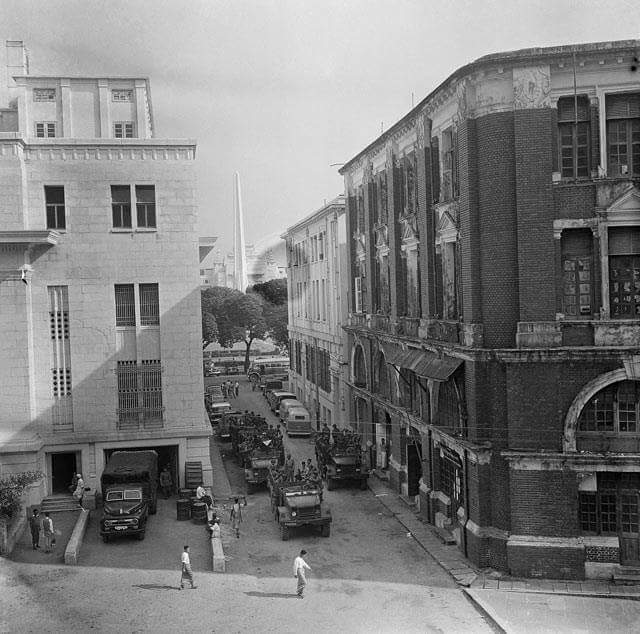
In the early hours of the morning of February 1st, 2021 the Myanmar military (or Tatmadaw) detained the leader of the opposition party, Aung San Suu Kyi, the President, U Win Myint, and several of their chief advisors, as well as a number of chief ministers and regional parliamentary representatives in what is undoubtedly a coup d’etat. Ironically, as recently as yesterday, military spokesmen were criticizing international diplomats and media organizations for stoking fears of an imminent coup; but what they feared has indeed come to pass. Internet and phone communications with the country’s capital, Naypyitaw, were cut in the early hours of Sunday morning and tanks were seen on the roads in Naypyitaw and Yangon. The airport and the national TV station, MRTV, were surrounded, and the national news network has been showing army propaganda on loop. Ministers were arrested in their homes just as Parliament was set to reconvene on Monday. The military is alleging widespread voter fraud in the 2020 General Election, which Aung San Suu Kyi’s party, the National League for Democracy (NLD) won by a landslide. Even though the Union Electoral Commission (UEC) in Myanmar has steadfastly denied that the election was biased, the military maintains that millions of fraudulent names were included in the election rolls, thus inflating the numbers. In response, Maj. Gen. Min Aung Hlaing has seized control of the country for one year, claiming a state of emergency. At times of particular political uncertainty such as these it can be useful to look to the past, and Myanmar’s history has had its fair share of political upheaval…
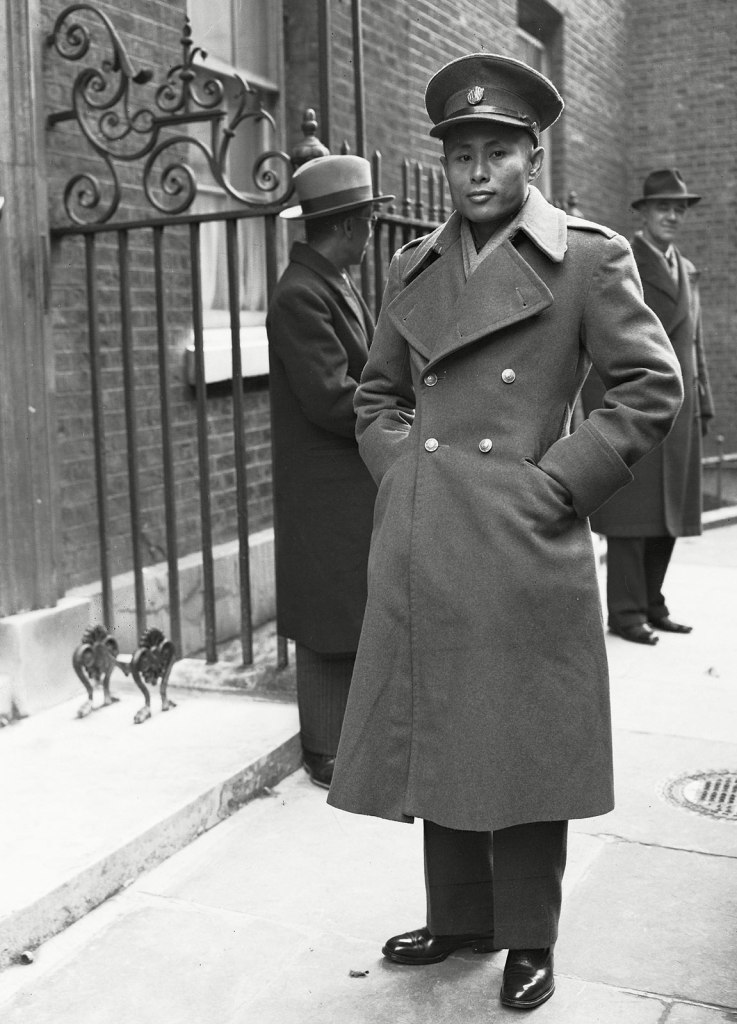
1947
Even before Myanmar gained independence from the British on Jan. 4, 1948, the young country experienced its first failed coup attempt when gunmen stormed the Minister’s Building in Yangon and killed Premier Aung San (Aung San Suu Kyi’s father) and six members of his interim government in a hail of bullets. The gunmen were hired by the ex-Premier, Galon U Saw, who purchased the machine guns from two British officers and hoped to seize power once Aung San was dead. Instead, U Saw was detained, tried and hung for treason. Today, Aung San, a war hero, is widely viewed as the father of the nation (and the military) and his death is considered a great lost opportunity for Myanmar as he was busy brokering peace between the government and the country’s many disparate armed ethnic groups when he was killed. The event has since been commemorated every year on July 19th as Martyr’s Day.
1962
After a number of years of civil war between the Myanmar government and various armed ethnic groups and a communist insurgency, the Myanmar military under the leadership of one of Aung San’s former comrades, General Ne Win, seized power from the civilian government in Yangon on March 2nd, 1962. This was the most significant coup in Myanmar’s 20th century history as the democratically-elected civilian government was replaced with one party rule under the direct control of the military’s Burma Socialist Program Party (BSPP). Contrary to the impression of a “bloodless” coup promulgated in the international news media at the time, several ethnic minority leaders, including the Sawbwa of Yawnnghwe’s son, Sao Mye Thaik, and the Sawbwa of Hsipaw, Sao Kya Seng, were brutally murdered. In addition, student protesters were shot on the grounds of the University of Yangon. Then-Premier U Nu was arrested and later fled the country, seeking asylum in the United States and elsewhere. This event was the beginning of 26 years of military dictatorship in Myanmar and a dark political period for the country.
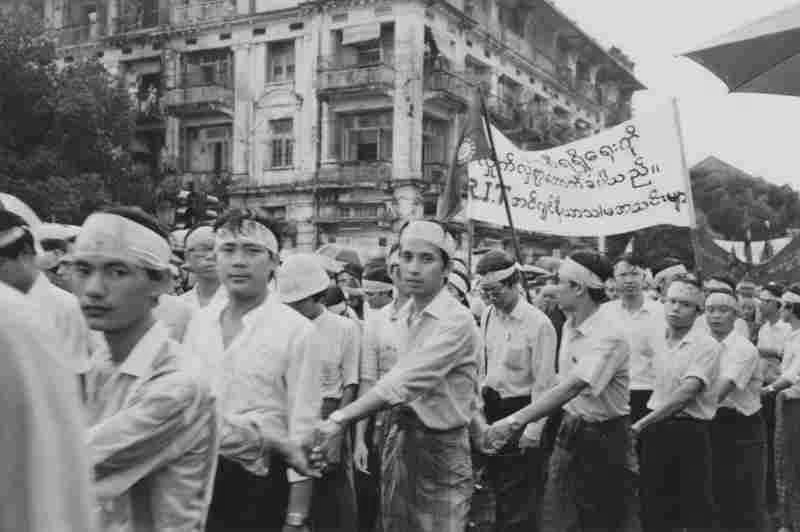
1988
In August of 1988, thousands of people took to the streets in Myanmar to demonstrate against military rule. The previous year, Gen. Ne Win’s careless devaluation of the Myanmar currency — the kyat — had wiped out much of the middle class’s savings overnight and led to widespread unrest. Under pressure from his top brass, General Ne Win resigned in July, 1988, but he warned “if the army shoots it has no tradition of shooting into the air. It would shoot straight to hit.” In Yangon and Mandalay that summer the military responded to peaceful protests with these statements in mind — arresting hundreds of students and killing scores more (at the time it was alleged that the moat of the old palace in Mandalay had turned red with the blood of the student protesters). The military then proceeded to seize direct control of the country from the government through its State Law and Order Restoration Council (SLORC). Despite the bloodshed, the growing movement for democracy gained a voice in the form of Aung San Suu Kyi, who was quickly detained and put under house arrest in 1989.
2011
In the late 1990’s and early 2000’s, Myanmar’s military government gave no impression of moving towards democratic reforms. But a growing economic opening-up since 1994, the advent of foreign investment and a sense that Myanmar was falling even further behind other Southeast Asian countries primed Myanmar people for political change. A sudden rise in the price of fuel sparked the so-called Saffron Revolution in 2007, during which the Buddhist monkhood in their saffron robes joined hands with pro-democracy protesters to denounce the military; the monks were brutally beaten. The next year Cyclone Nargis ravaged the country, killing over a hundred thousand people. Military dictator Than Shwe’s botched response to the crisis led to the creation of a new constitution that was meant to pave the way for democracy. Than Shwe’s ousting, a slew of reforms introduced by President Thein Sein’s government following 2011, and the democratic opposition NLD party’s first entrance into government in 2012, created a new image of Myanmar in the world as a rapidly democratizing, developing state.

2021
Aung San Suu Kyi’s NLD party has since won two national elections, though under the 2008 Constitution the military still retains a veto power, with 25% of seats in Parliament retained for serving military officers. This is why yesterday’s coup was so surprising — the military does not need to win the election to maintain its grip on power. Nevertheless, the military announced that it will uphold the rule of law and the 2008 Constitution and “democratic norms” in the interest of the people. But those same people have had their fair share of unfulfilled political promises in recent years (from both sides). Moreover, the international optimism and investment that followed 2011 has since died out in the wake of 2017’s Rohingya Genocide — in which thousands of Muslims in the country’s eastern Rakhine state were killed or driven into Bangladesh — and Aung San Suu Kyi’s subsequent defense of her country’s response to the crisis at the Hague. COVID-19, moreover, has drastically damaged the country’s tourism industry and fighting has resumed between the military and a number of minority ethnic insurgencies in the North and West of the country. Throughout the past ten years, journalists have been imprisoned and minority groups have been marginalized. In this uncertain climate, a coup was perhaps more than likely, and in response the NLD has told its supporters to protest the move. In the past few hours, the Commander in Chief of the Myanmar military, Min Aung Hlaing, however, has announced that he will be taking over control of the country for a period of one year, claiming a state of emergency. He will likely demand another election, but the damage wrought by the coup to Myanmar’s fledgling democracy has already been done. Only time will tell what this new coup d’etat might bring…
